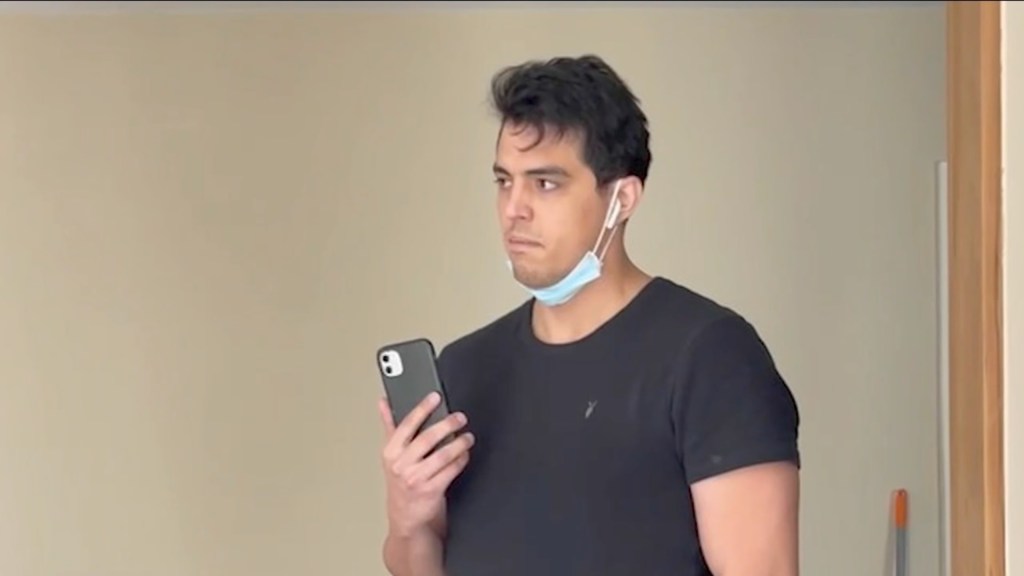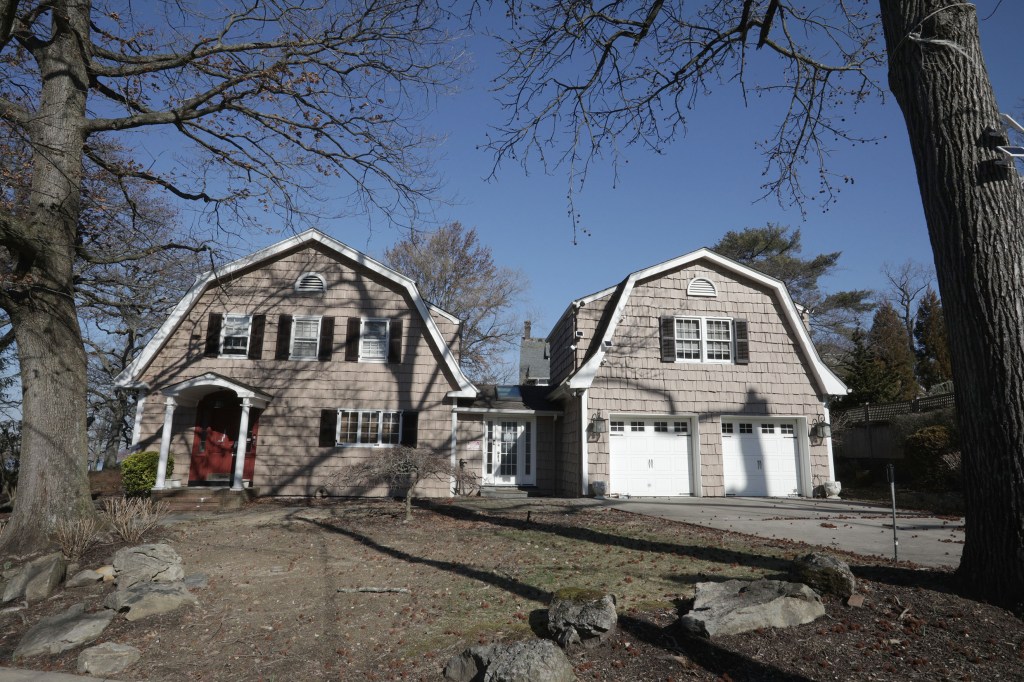Why can’t squatters like Brett Flores get evicted, and how did it get to this point
A former live-in Queens handyman has refused to leave the $2 million home where he once worked for several years, leaving the rightful property owners out in the cold — and it’s totally legal.
In Georgia, a property owner who left to care for his sick wife returned to learn that interlopers had moved in and changed the locks on his home, and he’s not allowed to kick them out.
The reason is a curious legal loophole that gives would-be trespassers the right to stay put if they only stay in a property long enough to claim legal residency — otherwise known as “squatter’s rights.”

Here is what you need to know.
What are squatter’s rights in New York?
Squatter’s rights, also known as “adverse possession” under the law, allow an individual to occupy a property and remain there without the owner’s permission.
In New York state, an individual who has lived on a property for at least 10 years can claim a legal right to remain on the property without the owner’s permission.
However, in New York City, an individual can claim squatter’s rights after inhabiting a property for just 30 days.
Why is it so hard to get rid of a squatter?
The law provides squatters wide latitude once they have established legal occupancy of a property by proving continuous and exclusive occupancy.
Keep up with The Post's coverage of a Queens family's fight to regain their $2 million dream home from squatter Brett Flores
- How Queens squatter Brett Fisher-Flores cozied up to $2M home’s ailing former owner — and never left: source
- Why can’t squatters like Brett Flores get evicted, and how did it get to this point
- Squatter who refuses to leave $2M NYC home is a model who was once arrested for allegedly assaulting wife
- Queens couple buys $2M dream home to care for disabled son, only to find squatter living inside
- NYC squatter who refuses to leave $2M mansion is ‘wonderful’ man who cares for infant son on ventilator: pal
How does someone become a squatter?
A squatter can be a former tenant who established residency and now refuses to pay rent, a relative of a former property owner or even an outsider who got onto the property and didn’t leave.
In the Queens case, squatter Brett Flores lived on the property and worked for the prior owner.
However, the squatter must prove that they have a reasonable basis for believing that the property legally belongs to them and they must be living in the home and treating the home how the owner would — for example, maintaining the lawn and making home improvements, according to Manhattan-based law firm Nadel & Ciarlo.

How can a property owner get rid of a squatter?
The owner first sends the offender a 10-day eviction notice. If that’s ignored, the owner can file a court complaint to evict the squatter.
If the judge signs off, the owner gets a summons and the sheriff does the forced eviction.
Get all the stories that move New York to your inbox
Sign up for our Metro Daily newsletter!
Thanks for signing up!
Why does the law provide squatters with rights?
The law was meant to protect long-term tenants who established legal residency in their homes from getting kicked out onto the street.
In New York City, which traditionally has strong tenant rights legislation, the law was also in part a response to properties that remained vacant or abandoned for long periods of time and therefore became unsightly and unsafe eyesores.
How can property owners protect themselves from squatters?
The most important rule is to avoid having a property remain vacant for any length of time.
Make sure the property is secure and has adequate lighting and security surveillance, and if someone shows up, the owner should move fast before squatter’s rights are established.
Before those kick in, it’s simple trespassing and cops can typically take care of the interloper.